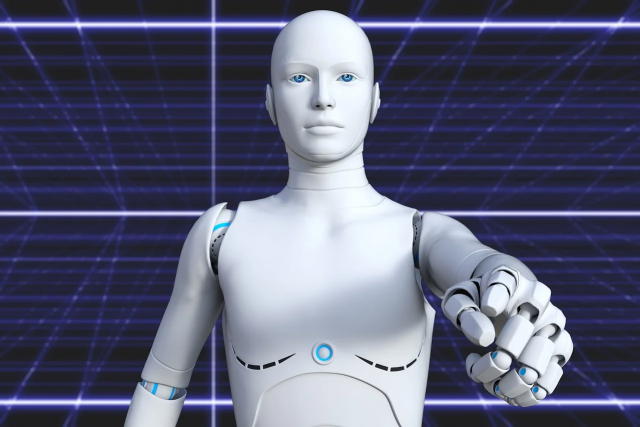Over the past few years, the use of collaborative robots in industrial automation has become commonplace in many industries. The manufacturing industry is one of the leading sectors when it comes to the implementation of the use of emerging automation technology.
Collaborative robots used in manufacturing are automated to work round the clock. This makes it possible for manufacturing companies to experience improved throughput, higher productivity, and get bigger profits. Today’s collaborative robots are built with cognitive abilities that enable them to undertake independent processes.
With the new commercial robots automation technology, manufacturers have managed to improve how industry activities are performed. The introduction of automated processes using collaborative robots has also reduced the need to involve humans in most industrial processes. This way, industrial processes are completed faster and are done with greater accuracy.
Here are 4 ways the manufacturing industry can benefit from the use of collaborative robots.
4 Unique Ways to Use Collaborative Robots in Manufacturing
Cobots in Assembly
Assembling parts for the creation of complete products is a task that is repetitive and boring when done by humans. Also, when done by humans, assembled products are prone to show defects, which can affect the quality. Presenting a low-quality product to the market can badly affect the reputation of a company and the profit targets.
Employing the use of collaborative robots is the best way to ensure that the assembling process is accurate and less labor-intensive. When you employ the use of robots in a manufacturing plant, you also reduce the possibility of human injury, which is common when working with large assembly machines.
Cobots are accurate and faster in the uniform assembly of parts. This way, all the assembled products attain the required quality standards.
Cobots in Picking, packing, and palletizing processes
In manufacturing, picking, packing, and palletizing processes require accuracy. Hiring human workers for these tasks is expensive, labor-intensive, and mind-numbing. As mentioned above, humans are prone to errors while handling machines, which can harm the revenue stream of any business.
When you use cobots in a manufacturing plant, it is possible to avoid the quality issues common with hiring humans for repetitive tasks. Collaborative robots are created with the ability to work alongside humans to ease the workload safely.
Picking, packing, and palletizing are repetitive tasks that require accuracy, speed, and zero downtime, which makes collaborative robots perfect or them.
Cobots in Material handling
Material handling contributes to a huge percentage of the economy of any country. It involves the movement of materials in the manufacturing industry or factory floors. This time-consuming process is also tedious when done by human workers. For production lines to meet consumer expectations, manufacturers need to automate material handling processes.
Collaborative robots are effective machines for the faster moving of materials within a manufacturing plant repetitively. They can also be used for handling potentially harmful raw materials to reduce the possibility of human exposure, which would be hazardous.
When you install cobots for material handling, you enjoy safer manufacturing processes, faster production cycles, and reduced costs.
Cobots in Welding
All manufacturing companies are always looking for ways to produce high-quality goods at affordable costs. To meet this goal, manufacturers employ the use of new-age technology, with the use of collaborative robots as the most common technique used today.
Welding and soldering are hard tasks performed by humans in any manufacturing company. These processes require a lot of physical labor and resting time, thus taking a lot of time to complete. To avoid these downtime issues, most manufacturing companies employ the use of collaborative robots for the welding processes.
Collaborative robots have sensors and computer vision systems to increase their capabilities. The robots can sense when a human worker enters its work environment. These robots can come to a halt or slow down to allow human workers to share the same space while reducing the possibility of collision.
Conclusion
With the ability to work alongside humans, cobots ensure that processes in an industry are faster and accurate. This way, human workers can be left to perform other more important tasks in a company. This has proven to contribute to greater turnaround time and bigger profits.








